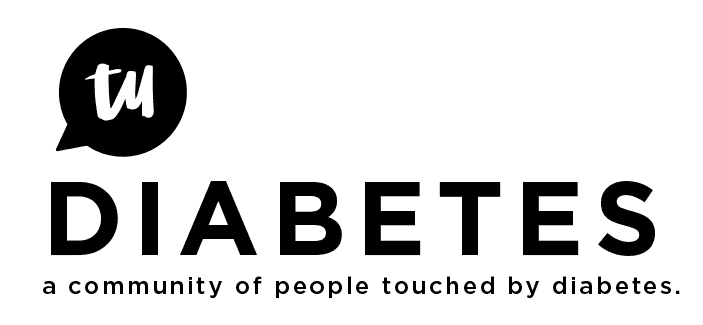I have tried it. I lowered my correction factor based on the recommendations of others, and found it to be disasterous and highly dangerous. Repetitive lows so scary the meter and Dex both just read “LOW” and my husband was standing by with the glucogon in case I passed out. It wasn’t until I kept adjusting the correction factor closer to accurate, and finally landed on the correction factor I used before Control-IQ and Basal-IQ, that I finally got effective low prevention.
You might have found something that works the for her, and I’m guessing with minimal food/carb intake, but your recommendation is a frightening “one-size-fits-all” option. I’m honestly terrified for her. What if she has a treat that you DO bolus for? If you over-guess, it won’t suspend fast enough to prevent severe hypoglycemia, and maybe worse. Or even if someone or something mechanical has a brain fart… You’ve chosen to forego one of the biggest security mechanisms of the system.
If anything, I would challenge you’ve got the pattern backwards. I don’t expect you’ll change or heed my advice, since what you’re doing is working for you, but if you Increase her basals (maybe just in time segments around typical meal windows) and dial in the right correction factor, you’d see less rollercoaster and probably avoid the few out of range spikes. Tandem’s own medical advisors tell you to turn UP your correction factor if your line varies up and down a lot.
TIR is one measurement goal, but the new gold standards are actually glycemic variability index (GVI) and patient glycaemic status PGS. GVI translates to how flat your data line is, because newer research is showing that the swings up and down can lead to complications, more so than just average glucose PGS just multiples everything together (TIR X average glucose X GVI), so if you’re 100% in range that day, it zeros out your score, but the moment you touch a toe across the line, your PGS goes crazy. Of course,v that’s all a bit random depending on the range you set. If we’re striving for a non-diabetic level on control, then we should be measuring against an upper range limit of 140, not the ADA standards of 70-180.
Please note, I still think you’re doing an amazing job caring for your MIL. It’s a big responsibility and you’re doing so well at it. I just think your method of getting there is backwards. Accurate correction factor is the main tool Control-IQ uses to flatten the line.
I’m going to post my own personal experience. These screenshots are a little over a month old, taken while I was adjusting the correction factor. I do run sleep mode 24/7 and my in range limits are set at 70-160mg/dl (I’ll move onto the optimal 140 limit someday, but I’m afraid the ugly data would break my heart right now! LOL). The only thing that changed between the 90 day, 7 day, and 1 day statistics was that I gradually raised my correction factor from 35 to 46 (46 being my “true” value). I wish I had the 30 day screenshot to share from that experiment, but I don’t seem to have taken or saved it. You can still see a progression to better management using Control-IQ when using an accurate correction factor, though.
90 day data:
7 day data:
1 day old data when the screen shots were taken:



